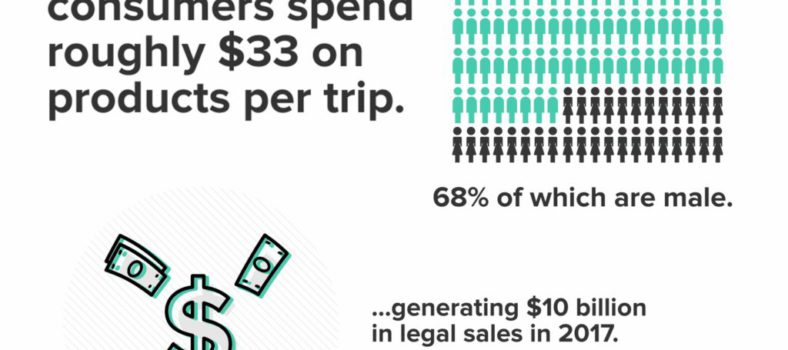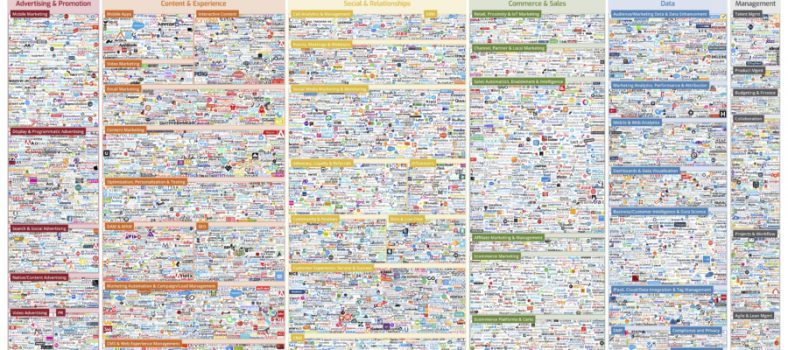Loyalty marketing has radically altered in light of today’s digitally unfettered and empowered customers yet it remains a critical element in engaging individuals with a brand. According to Colloquy’s 2015 research on loyalty, Canadian loyalty program memberships grew a healthy 8 percent from 120 million in 2012 to 130 million 2014.
But challenges remain.
Factors ranging from intensifying competition, concerns with data privacy, undifferentiated offerings—are altering how companies tackle customer loyalty. Loyalty is no longer simply about points, discounts, rewards; it is about the interactions that truly engage an individual with the brand. To thrive, brands must fuse data analytics and emotional brand experience to prompt tailored, timely interactions that deepens brand advocacy, and thus loyalty.
Here are three ways businesses can use social media to improve loyalty programs by enriching and enhancing the customer experience:
Tip #1 Use social media to generate buzz around the relevance and value of being a loyal customer:
Consumers increasingly learn about products and services through social media. Social media can fuel brand loyalty by closing the gap between the transactional and emotive benefits throughout the customer decision journey.
Take Vail Resorts. By embedding radio frequency (RF) technology in every ski lift pass, the company captures, stores and analyzes real-time data, starting with the very first lift ride. The data is accessible in real time at the company’s digital customer experience and loyalty platform, EpicMix.com, and through the resort’s mobile applications, and used to enhance customer experience in real-time.
Throughout the day, EpicMix tracks what guests are doing – such as how many vertical feet they’ve skied – and it delivers statistics guests can use for “bragging rights”.
In its first season alone, nearly 100,000 guests activated their EpicMix accounts. Forty percent downloaded the mobile apps and nearly 6 million digital ski pins were given out. Plus, 45 percent of the users shared their accomplishments on Facebook and Twitter—resulting in more than 35 million social impressions.
Tip #2 Use social media to broaden and deepen engagement with the loyalty program:
Major League Soccer (MLS) uses social media to bolster a simple, but innovative, point-based loyalty program.
For example, the club gives extra points to fans who arrive at the stadium an hour before the game starts. The reason: having a full house creates a lively atmosphere at the start of the game and can entice TV audiences to keep watching, right from the start. Fans who attend on a rainy day get additional points – and the club hands out extra points when the team wins.
By communicating these incentives via social media, MLS motivates loyal fans to do things they might not otherwise be inclined to do—while also improving the overall customer experience for everyone.
At the end of the season, one of the MLS clubs noticed a 12 percent uplift in season ticket renewals after this loyalty program was introduced.
Tip#3: Use social media to transform loyal customers into brand advocates:
The most successful customer journeys don’t end with a one-off purchase—especially with a flash-sale site like Gilt. Gilt established and rolled out its Gilt Insider loyalty program where social media participation is as important as purchases for its loyalty program.
With Gilt’s loyalty program comes such benefits as additional discounts, access to insider-only sales, one-hour preview, and waitlist priority for out-of-stock items and VIP customer service.
What makes the program so distinctive is that Gilt customers can earn points and gain status in four ways: by visiting, shopping, referring friends to join and sharing on Facebook. Gilt rewards customers just for stopping by and telling their friends, whether they buy anything or not.
The result: 77 percent visit 10 or more times a month; and 94 percent tell friends and family about their Gilt experience.
Broaden your view on loyalty:
In addition to tapping into emotional loyalty, marketers should:
- Rethink loyalty as a corporate strategy, not as just another “program.”
- Create an exchange of value between your company and the customer, which encourages the customer to share all kinds of profile, preference, and behavioral data.
- Allow insights gathered from loyal customers to radiate out across customer-facing strategies, with broad applications across the entire enterprise. A deeper customer understanding leads to sharper strategy and execution.
Most loyalty program interactions today—like earning points and redeeming discounts—revolve around purchases and reinforce transactional loyalty. It’s simply not enough. Through analytics, marketers can use social interactions to engender emotional loyalty that’s more enduring.
For more insights on how to get in synch with your customer journey visit: http://www.sas.com/en_us/software/customer-intelligence.html





No Comment